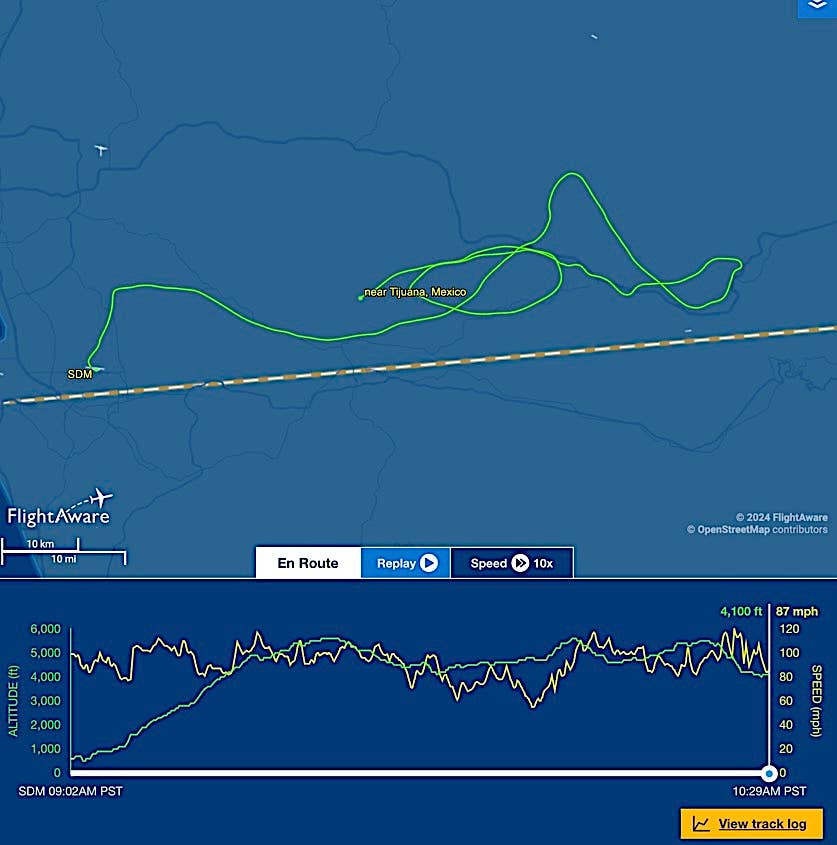NTSB: FAA Shares Blame In Fatal Crash
The FAAs decision to issue a Part 135 certificate to a charter operator in Alaska, despite the pilots history of accidents, incidents, re-examinations and checkride failures, was a factor that contributed to a 2014 accident that seriously injured all four on board, according the NTSBs final report, which was released this month. One passenger died from his injuries about five weeks after the crash. Despite concerns voiced by numerous FAA personnel during the certification process, the NTSB said, the FAA issued the certificate to the pilot in 2012.

Atigun Pass
The FAA's decision to issue a Part 135 certificate to a charter operator in Alaska, despite the pilot's history of accidents, incidents, re-examinations and checkride failures, was a factor that contributed to a 2014 accident that seriously injured all four on board, according the NTSB's final report, which was released this month. One passenger died from his injuries about five weeks after the crash. Despite concerns voiced by numerous FAA personnel during the certification process, the NTSB said, the FAA issued the certificate to the pilot in 2012. The pilot was flying a four-seat single-engine Ryan Navion A on a sightseeing tour on August 24, 2014, when the airplane hit rising terrain below the entrance to a high mountain pass. The pilot subsequently told several different versions of events to first responders and accident investigators, according to the NTSB.
At first the pilot said he had encountered a severe downdraft while approaching the pass, which local weather reports did not support. He then told investigators the right front-seat passenger had slumped onto the flight controls and become unresponsive after taking a motion-sickness drug, and the two rear-seat passengers had also taken the drug and were also unresponsive. However, none of the three passengers recalled this, and the front-seat passenger was found with his seatbelt and shoulder harness on by first responders. In a written statement about two months after his interview, the pilot said a propeller blade had separated in flight, as one propeller blade was missing and not recovered from the accident site. The passengers did not recall that this had occurred, and post-accident examination by the NTSB indicated that the missing propeller blade had separated during the impact sequence.
The NTSB determined the probable cause of the accident was the pilot's improper inflight planning and the improper decision to deliberately operate the airplane at low altitude in close proximity to obstructions and rising terrain, and the FAA's decision to grant the certificate was a contributing factor. The FAA's Office of Chief Counsel said applicants for an air carrier certificate are not denied solely on the basis of a single violation or a previous accident. "The Agency has a legal obligation to utilize its authority for certification that is based on substantiated facts, not individual inspector opinions and innuendo," the FAA said. "The FAA strives to ensure its actions of granting and denying certificates are not arbitrary and capricious." The NTSB just completed its analysis of the accident on March 8. The final report is now published online.





